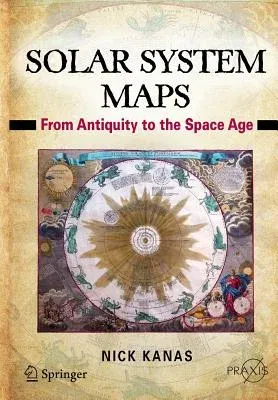Nick Kanas
(Author)Solar System Maps: From Antiquity to the Space Age (2014)Paperback - 2014, 25 September 2013

Qty
1
Turbo
Ships in 2 - 3 days
In Stock
Free Delivery
Cash on Delivery
15 Days
Free Returns
Secure Checkout

Part of Series
Springer Praxis Books
Part of Series
Popular Astronomy
Part of Series
Springer Praxis Books / Popular Astronomy
Print Length
331 pages
Language
English
Publisher
Springer
Date Published
25 Sep 2013
ISBN-10
1461408954
ISBN-13
9781461408956
Description
Product Details
Author:
Book Edition:
2014
Book Format:
Paperback
Country of Origin:
NL
Date Published:
25 September 2013
Dimensions:
24.41 x
16.74 x
2.06 cm
Genre:
Science/Technology Aspects
ISBN-10:
1461408954
ISBN-13:
9781461408956
Language:
English
Location:
New York, NY
Pages:
331
Publisher:
Weight:
616.89 gm